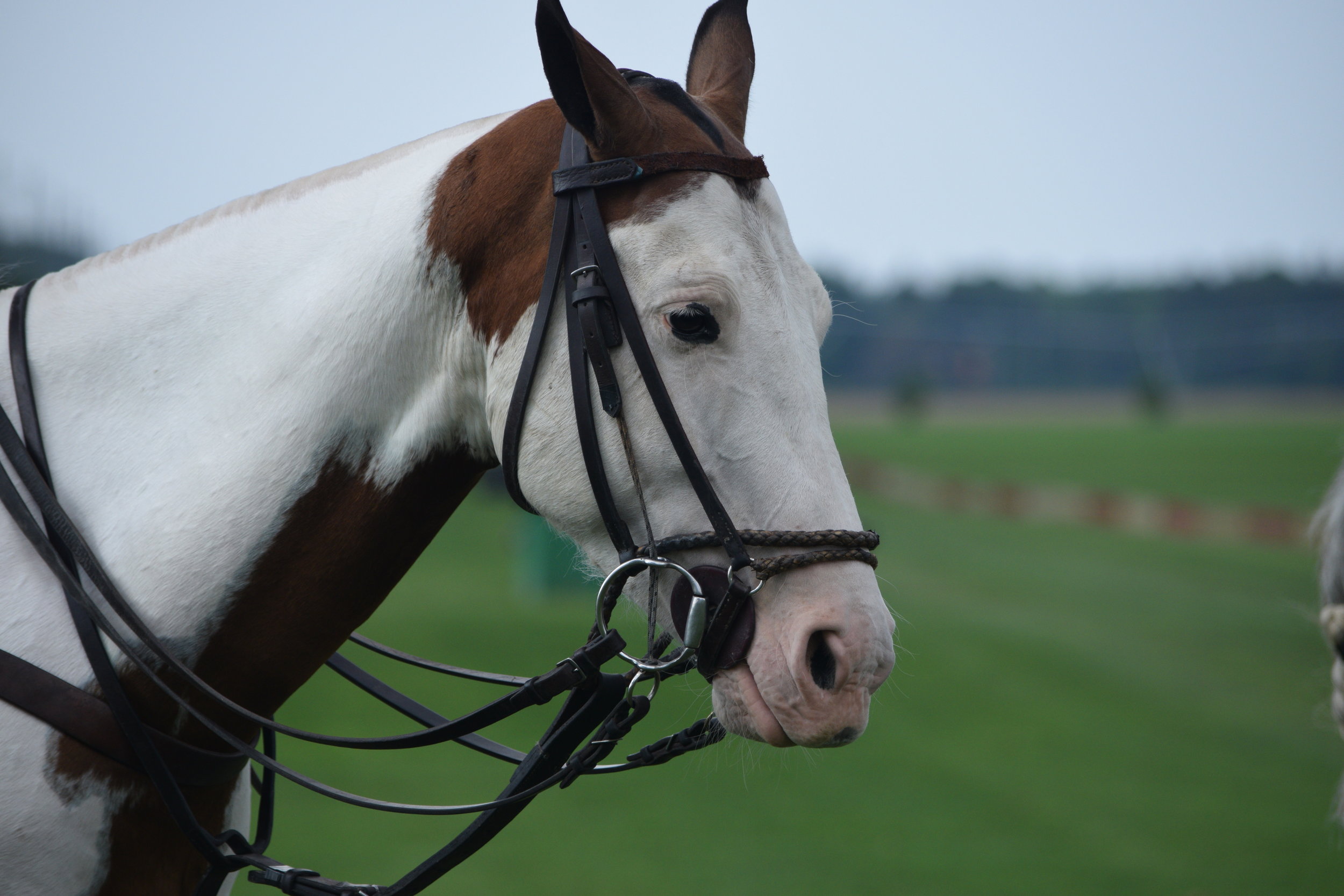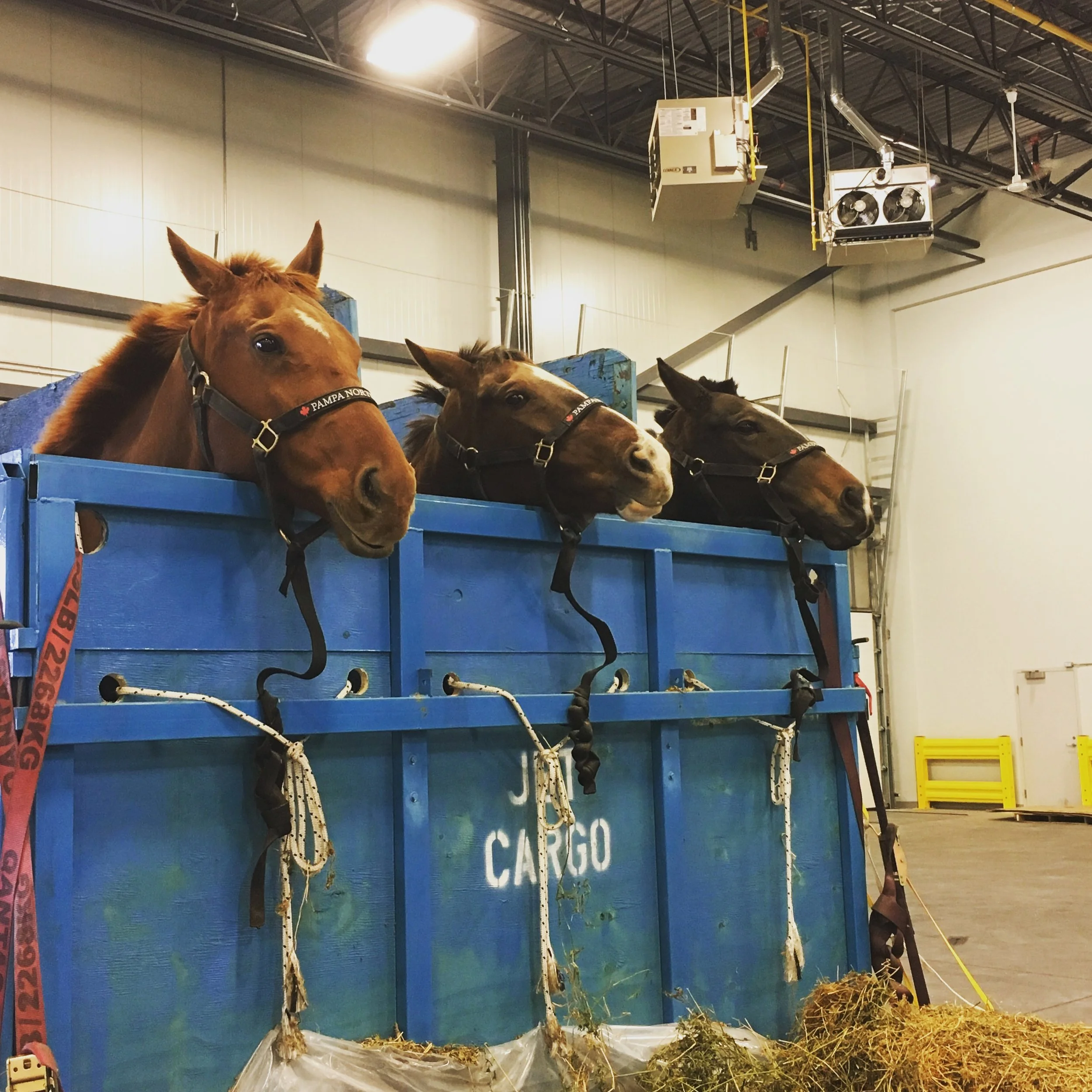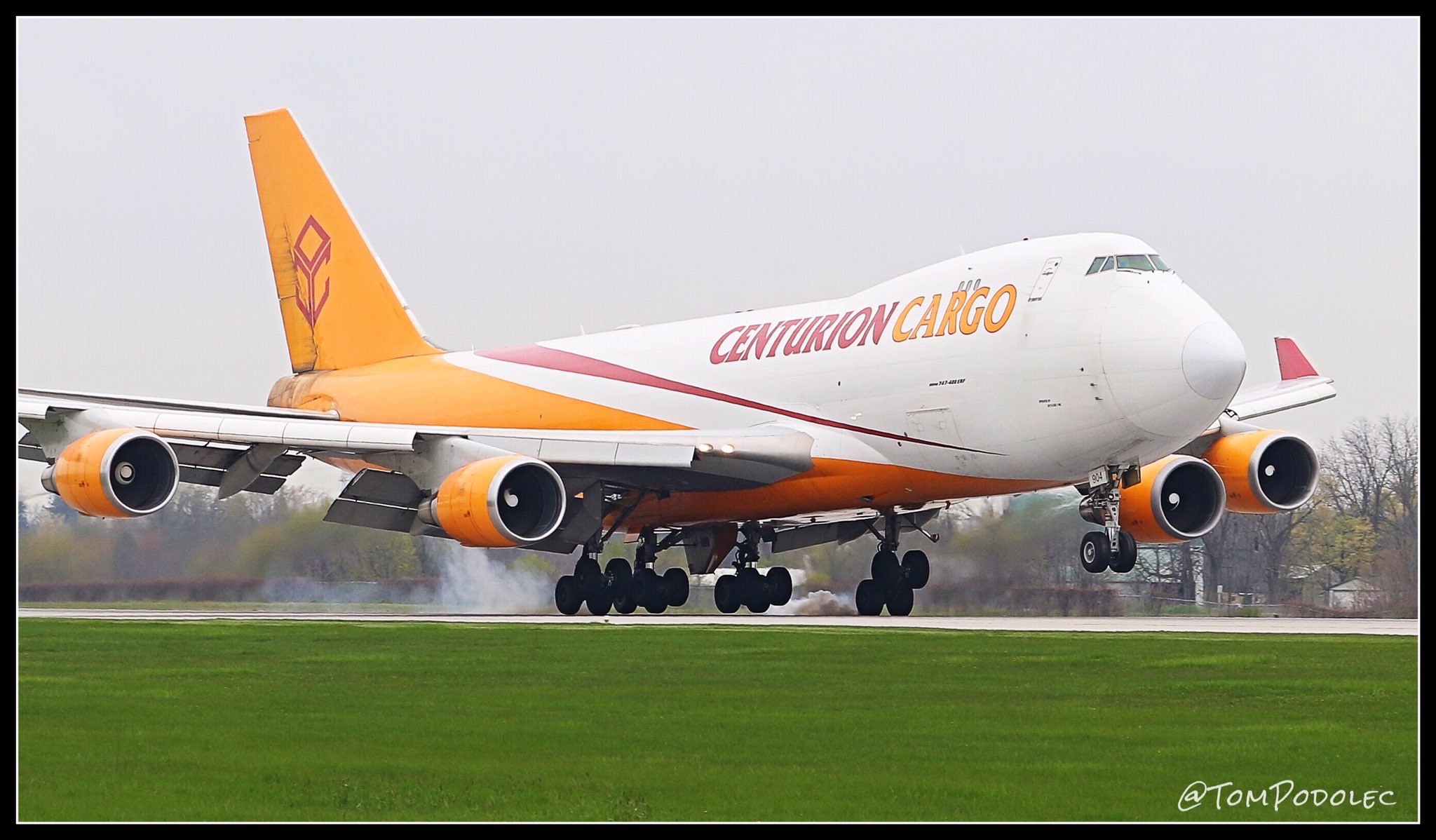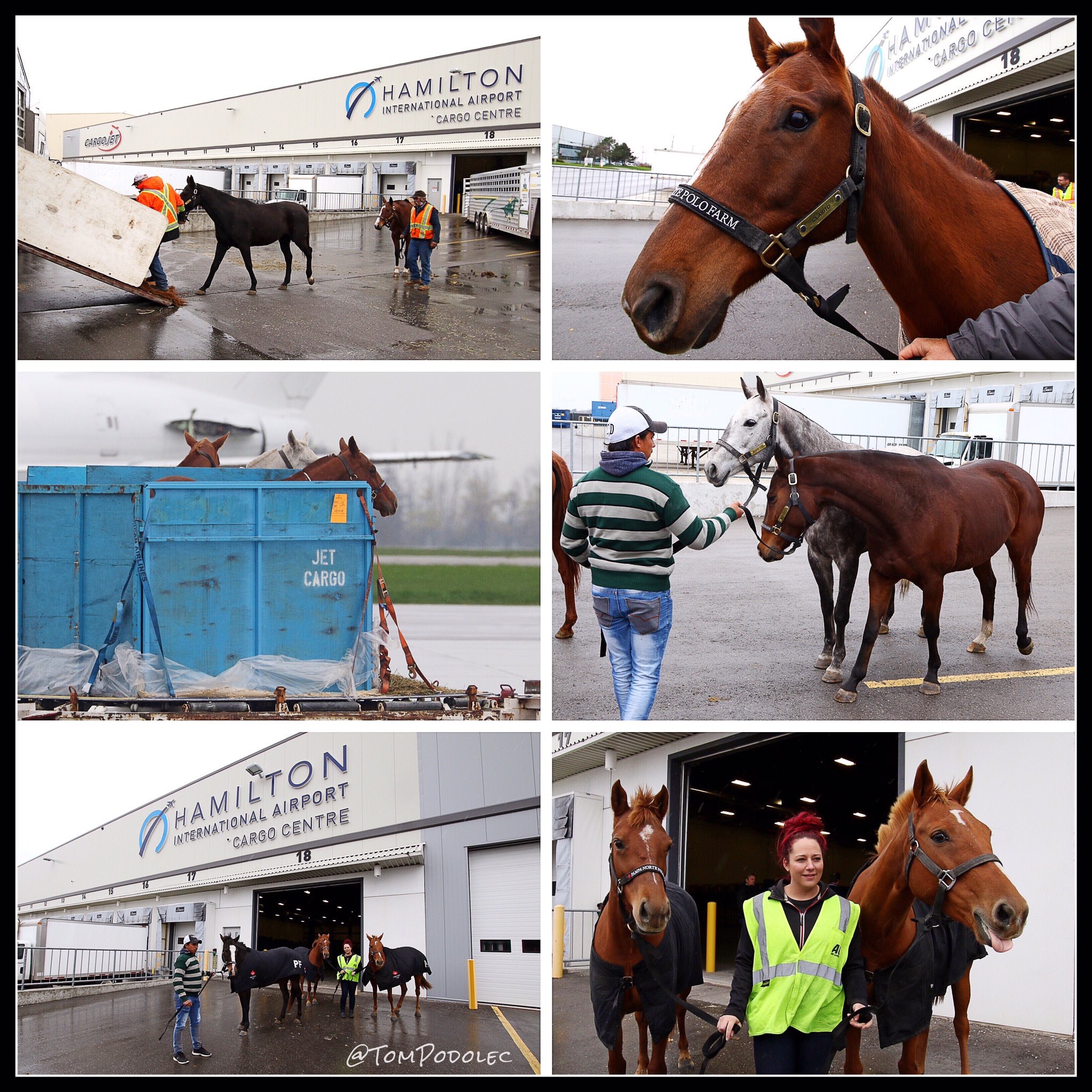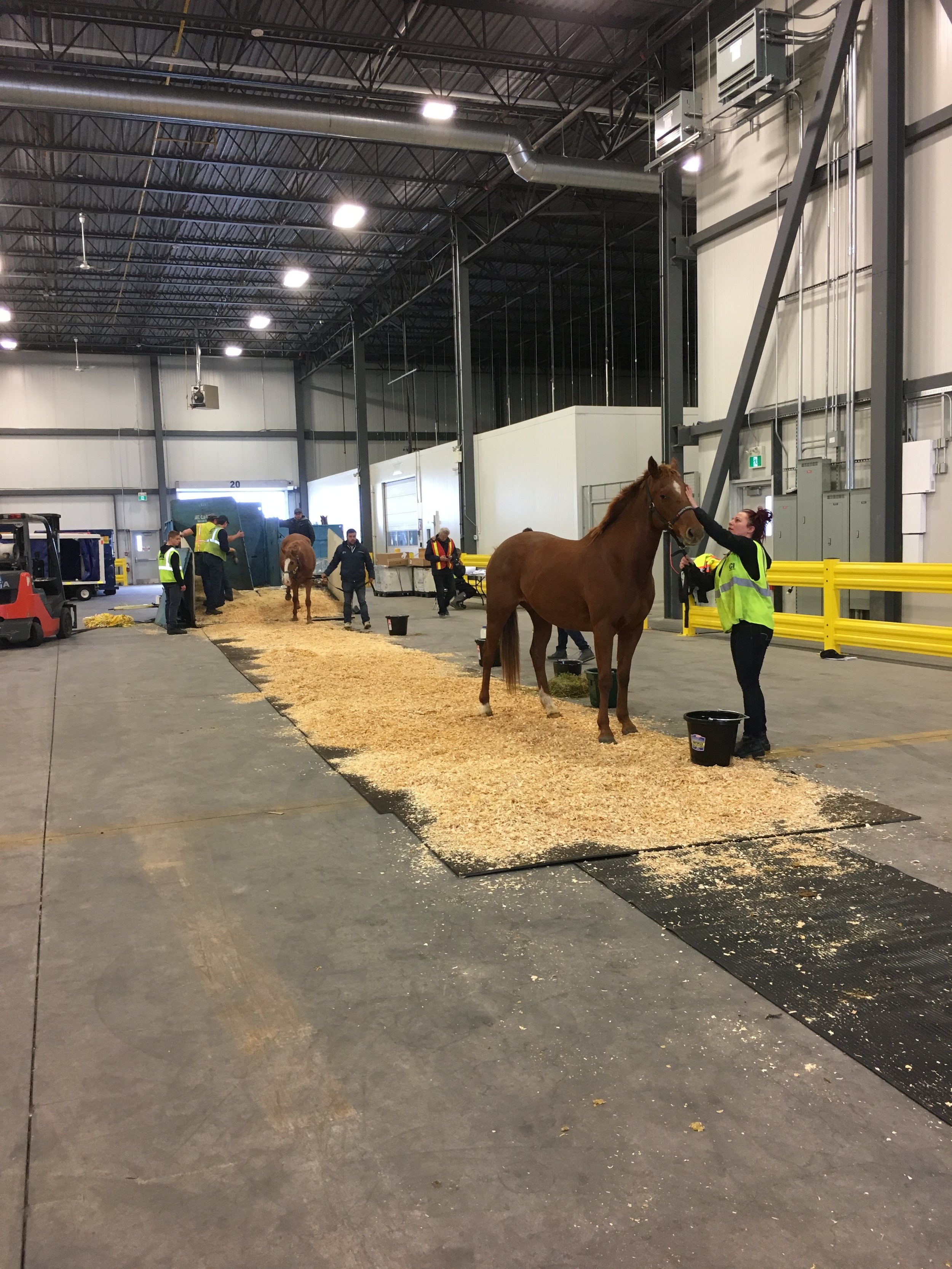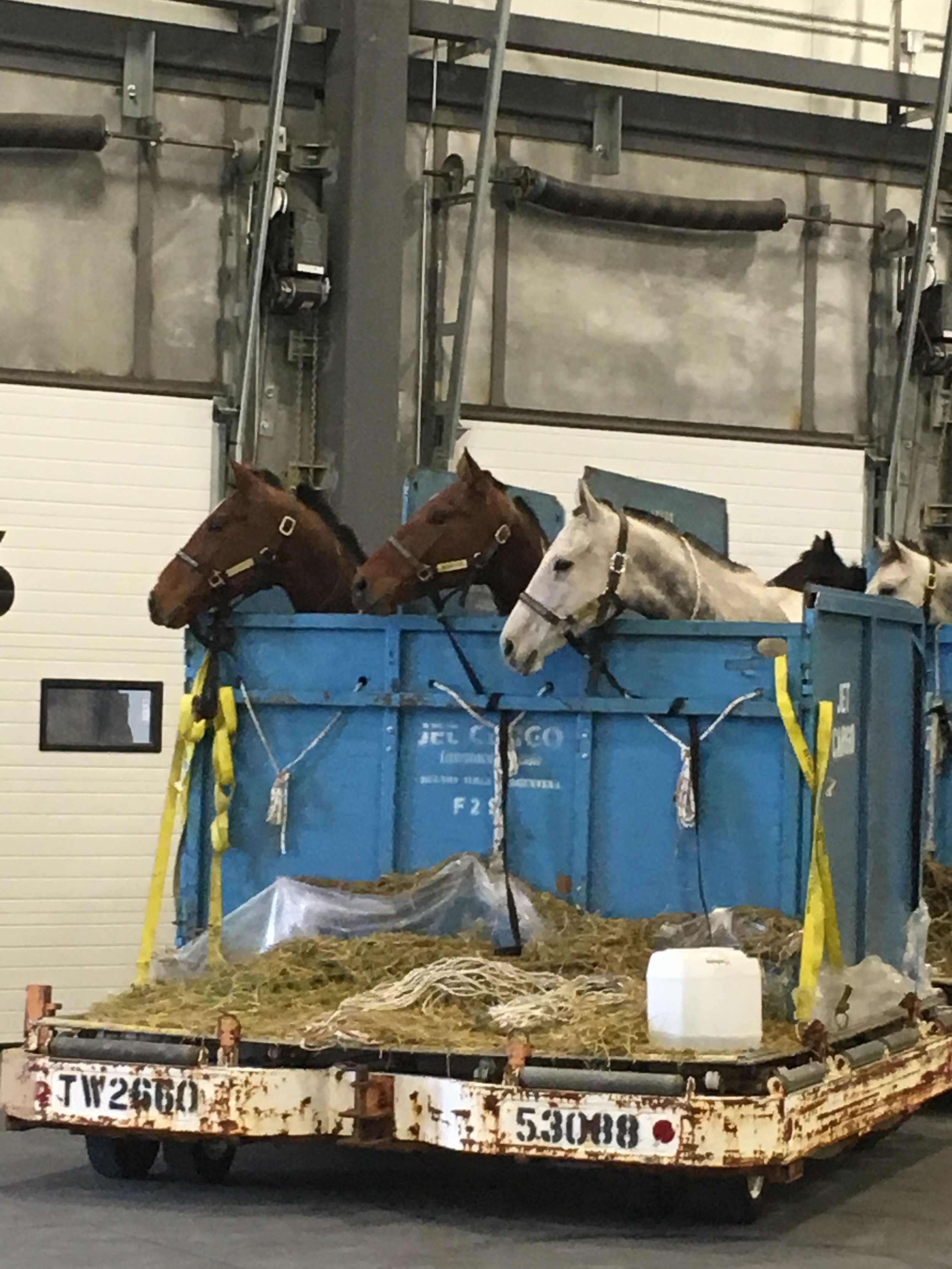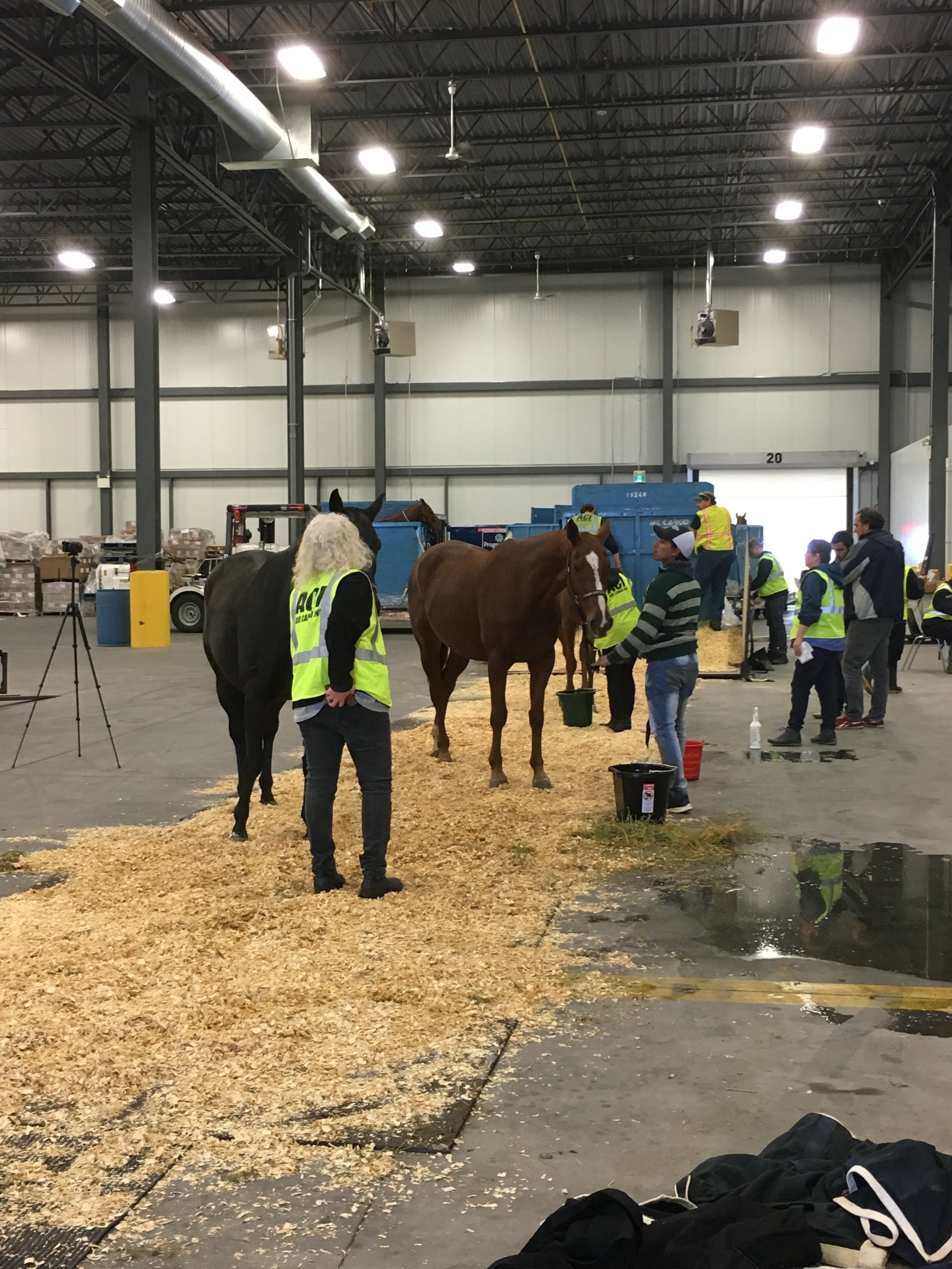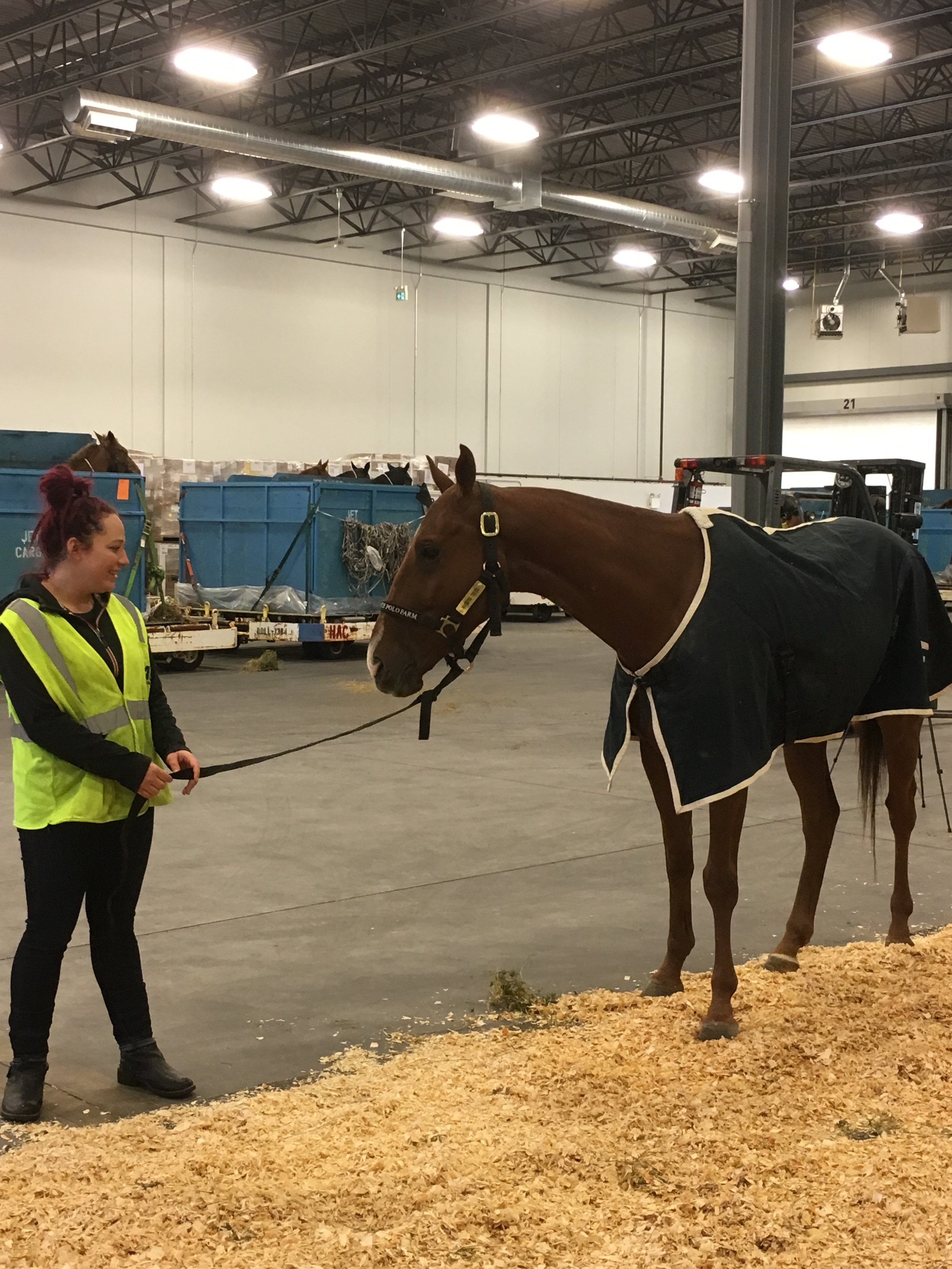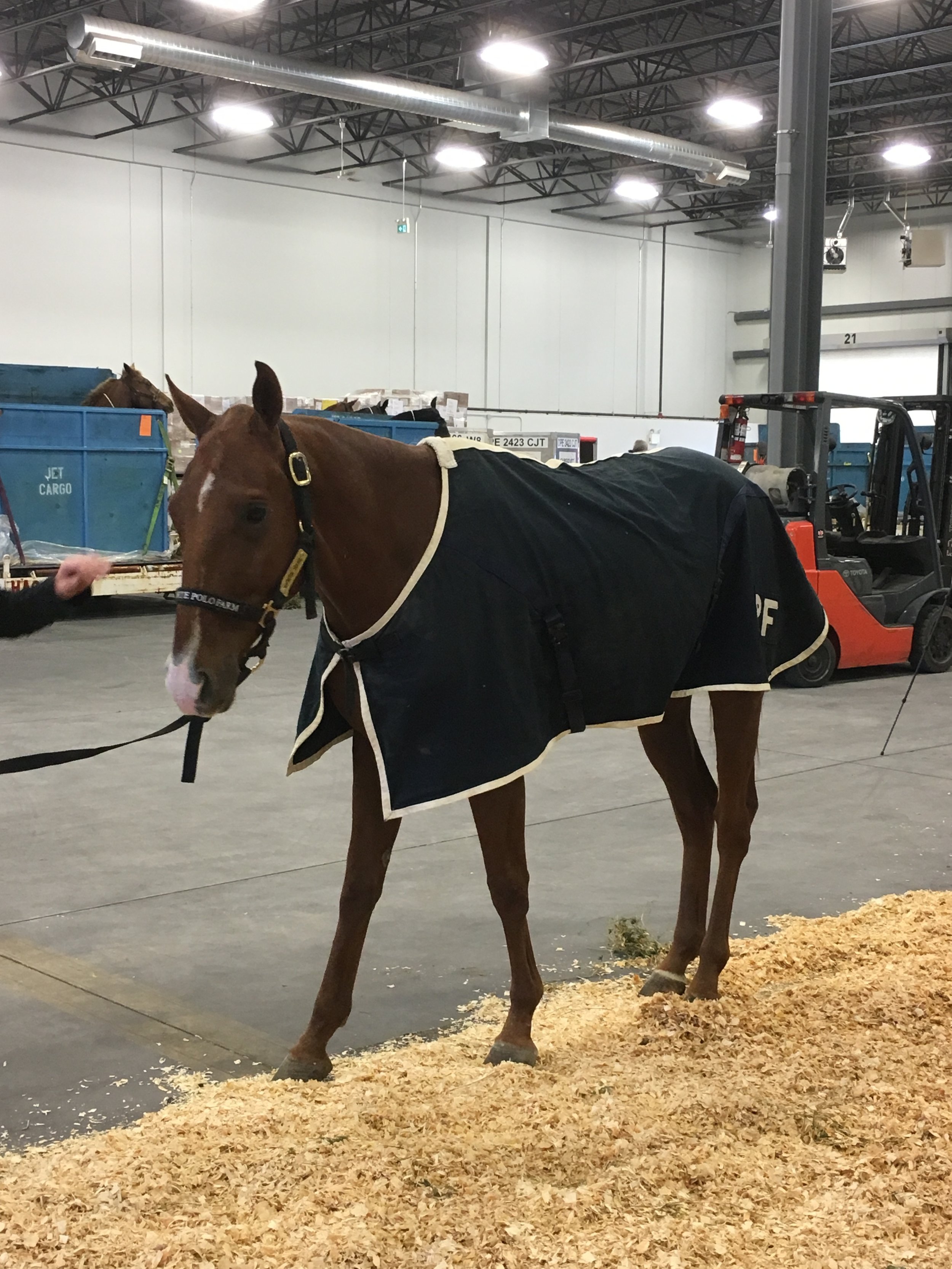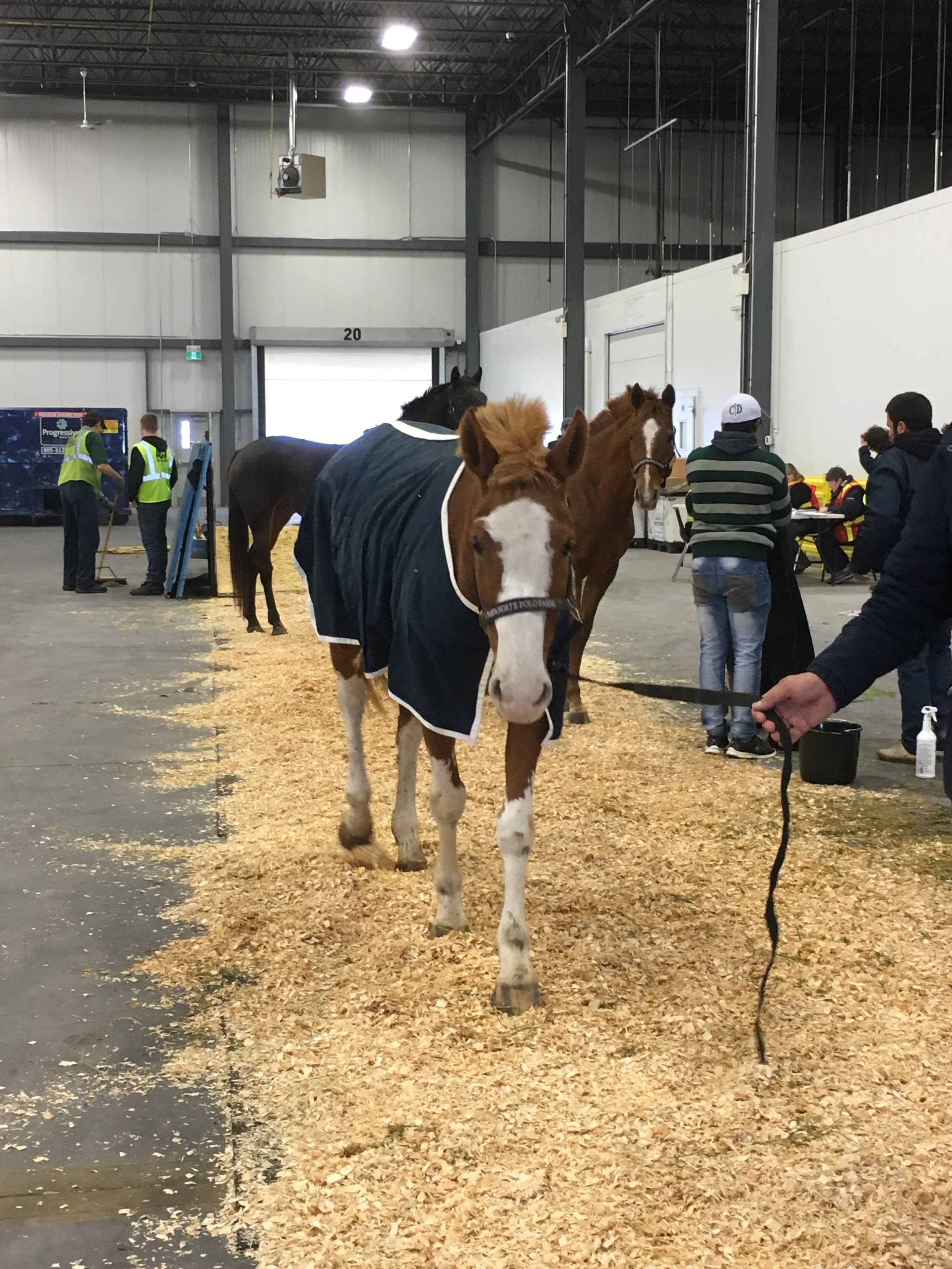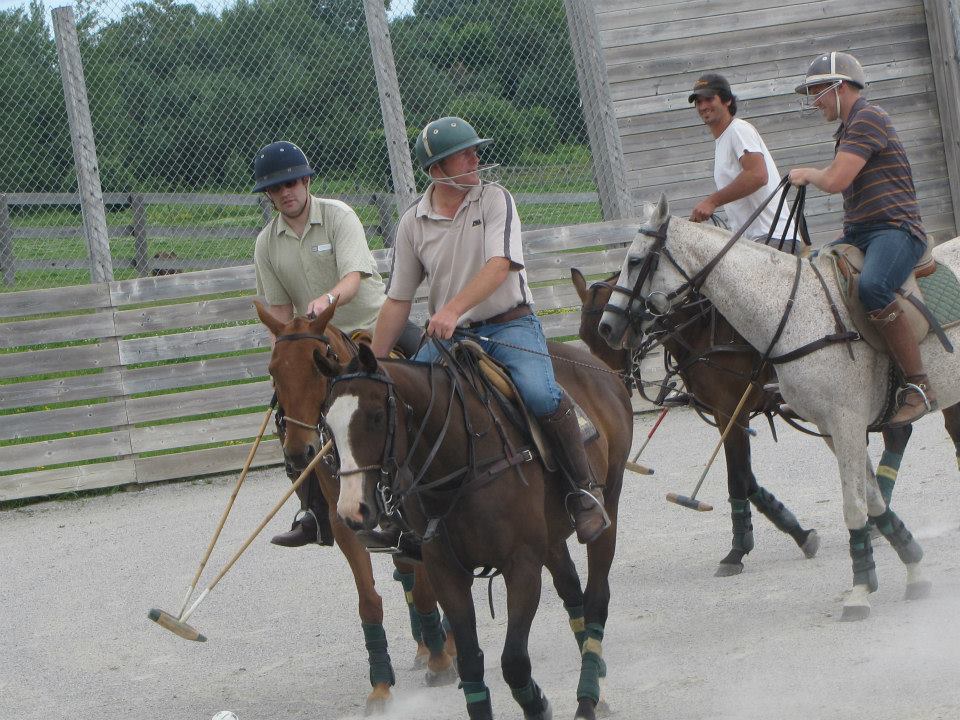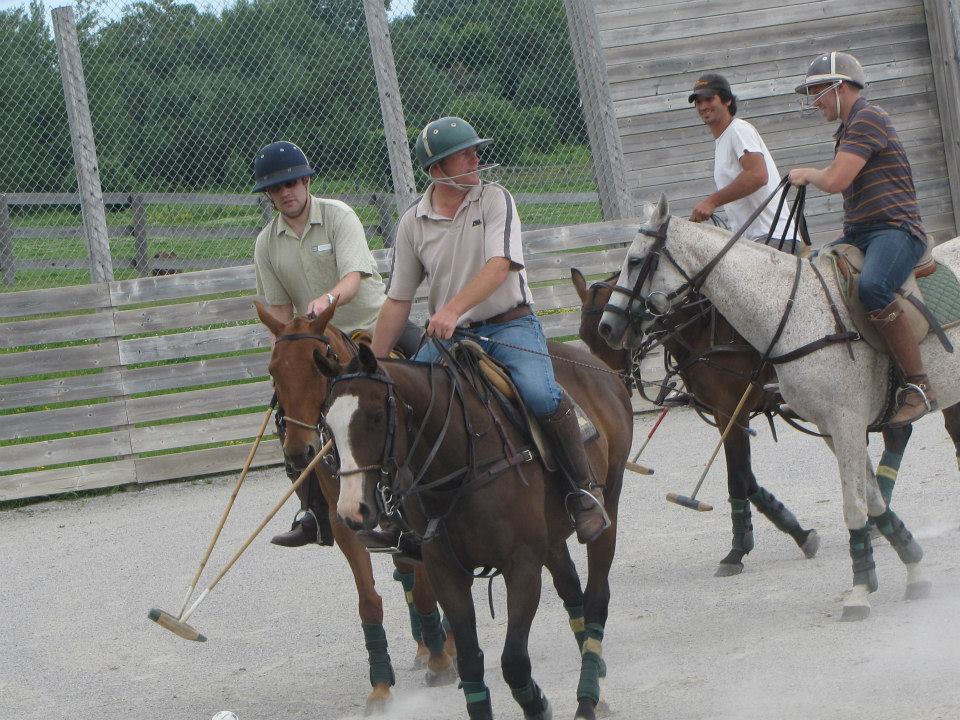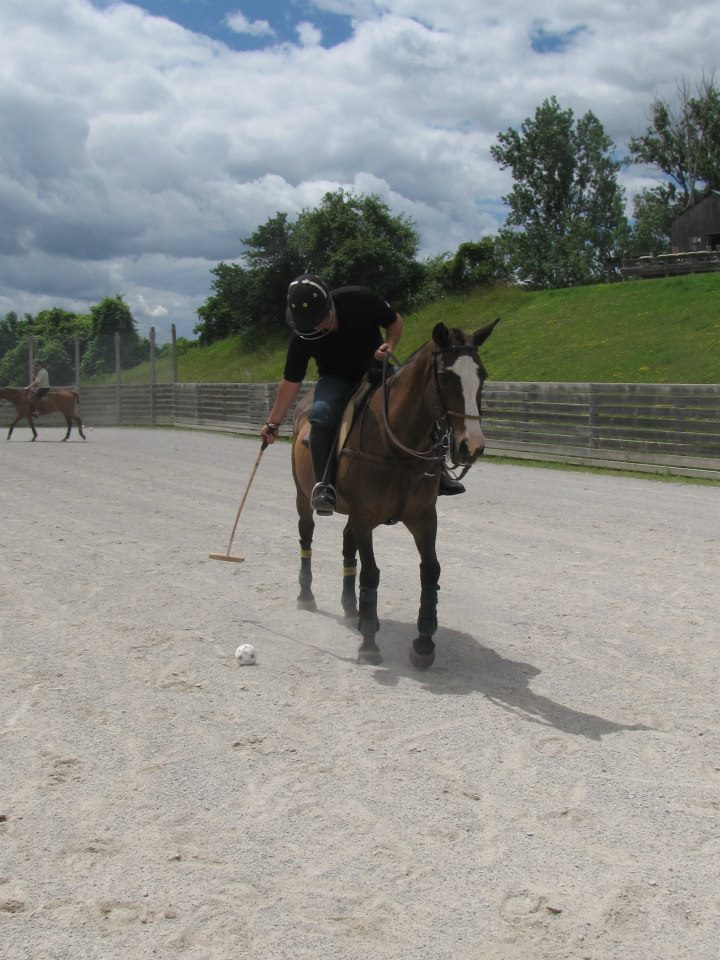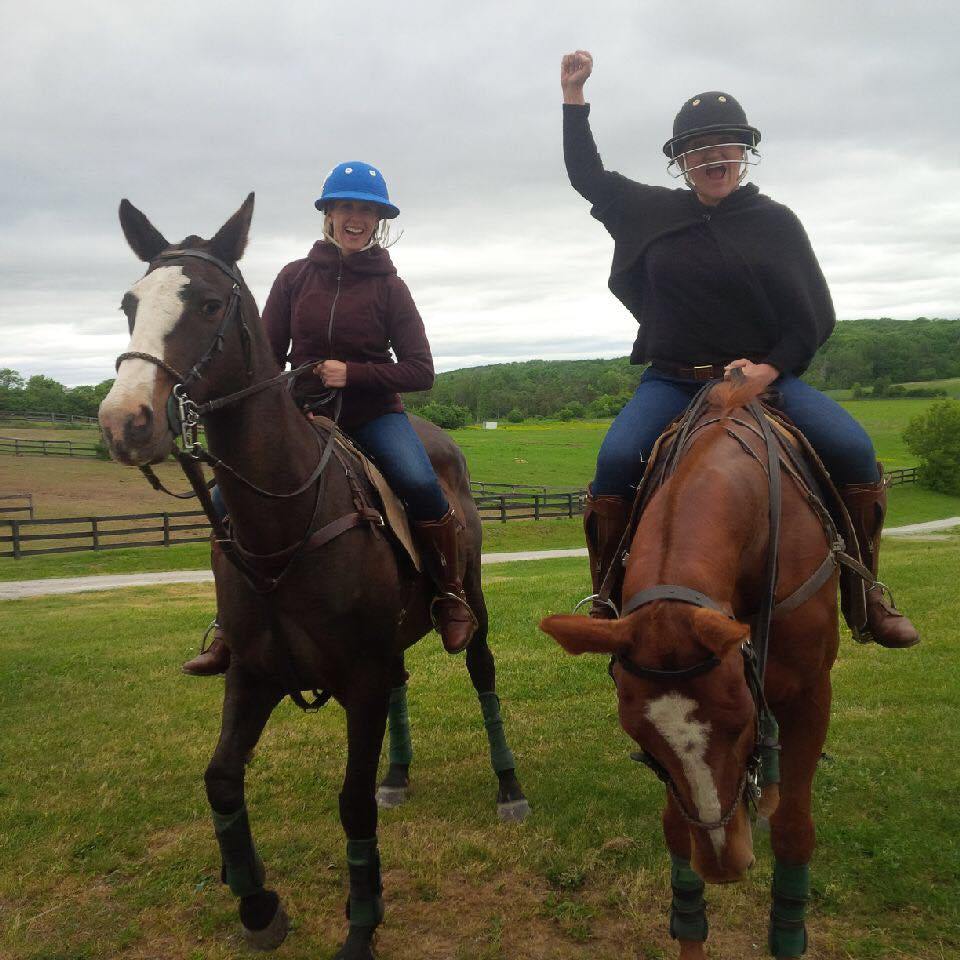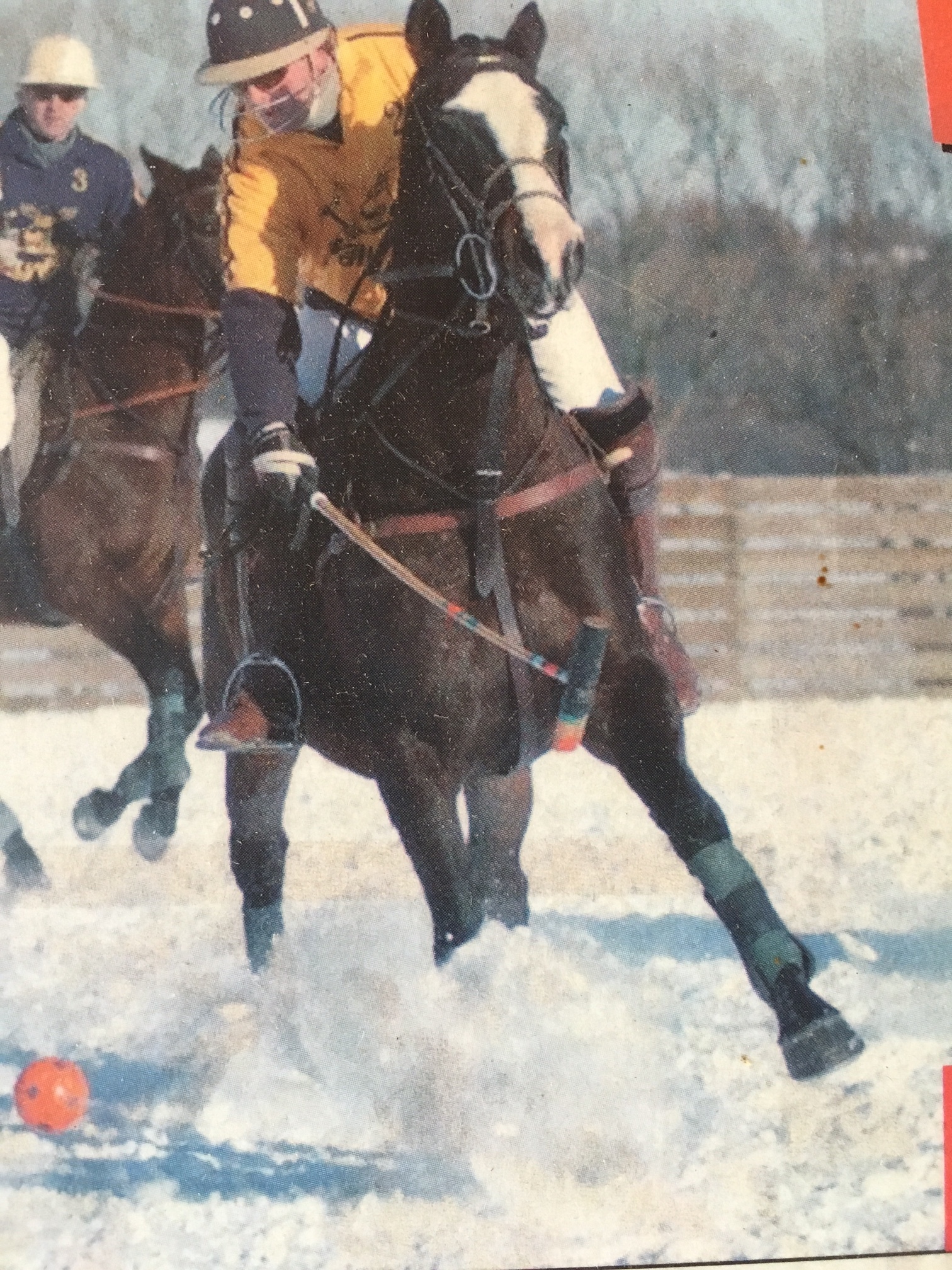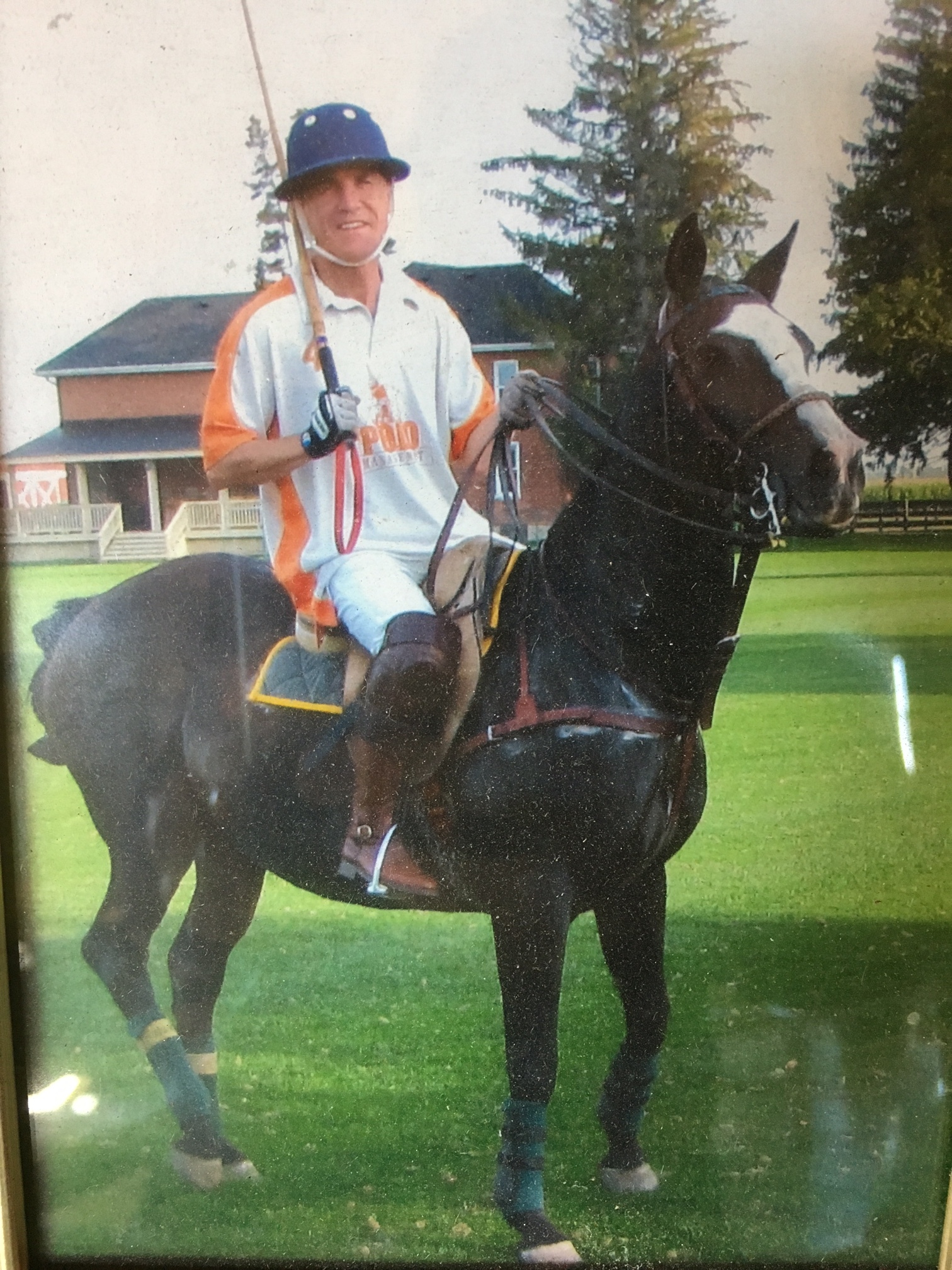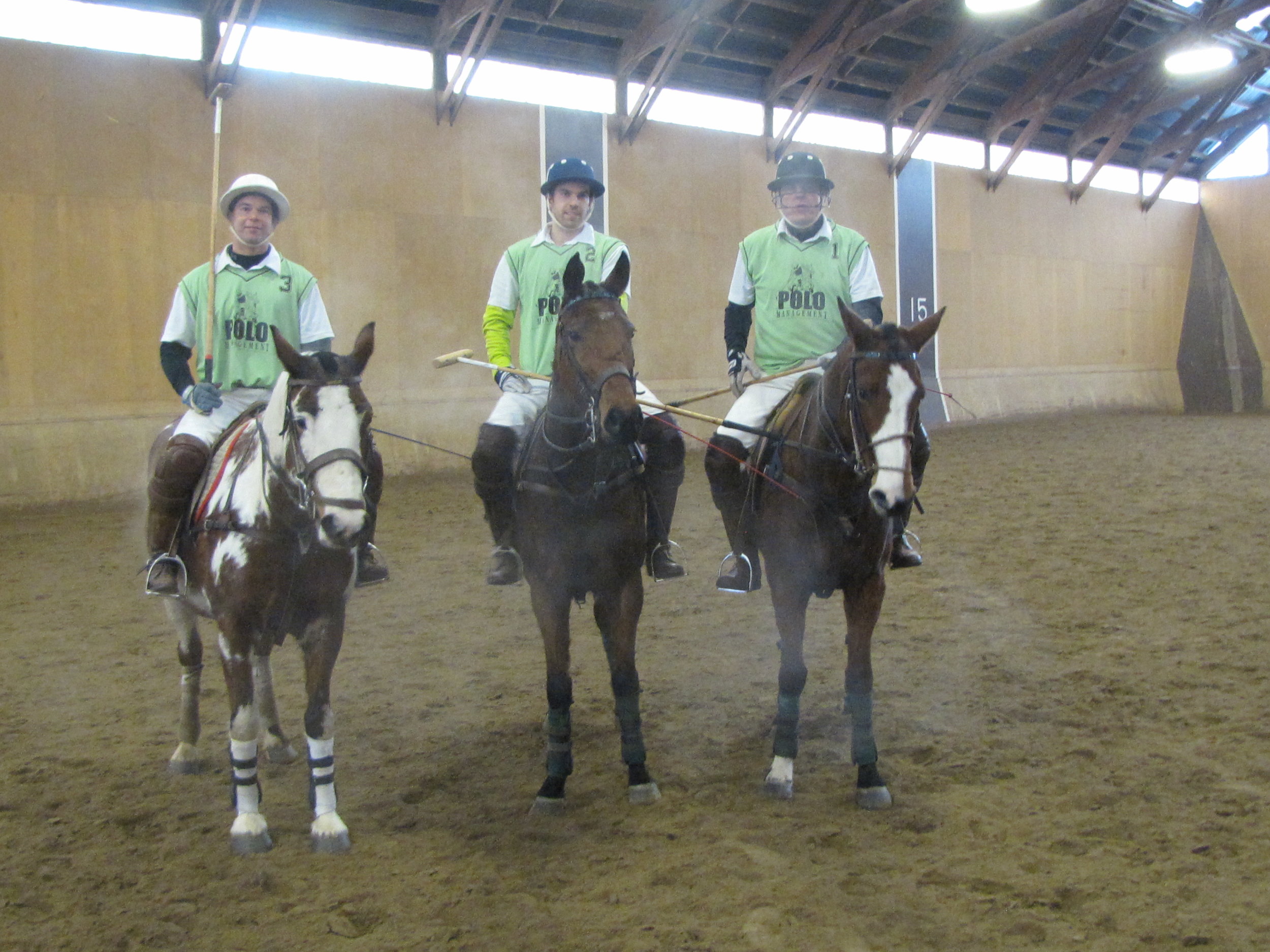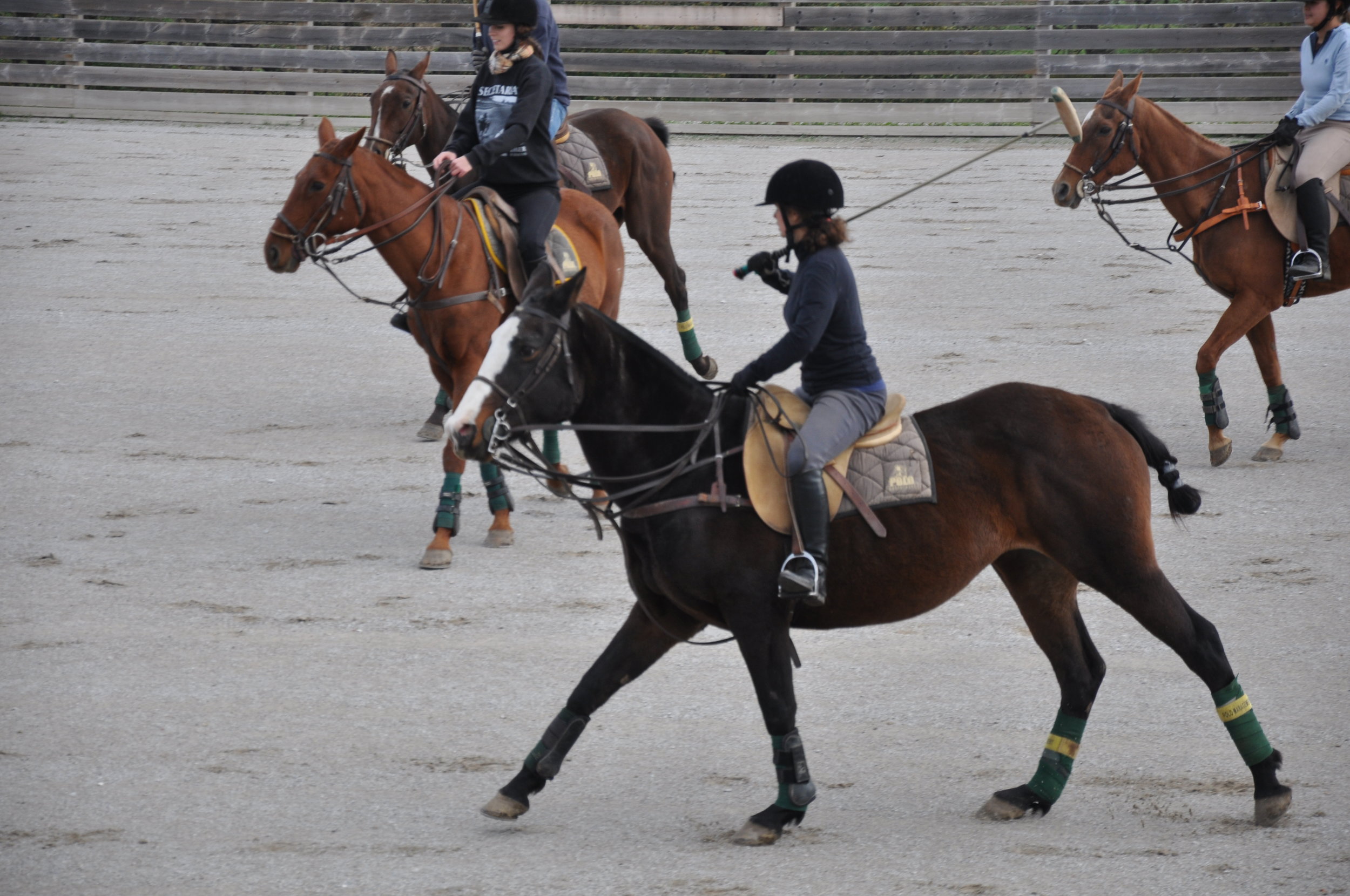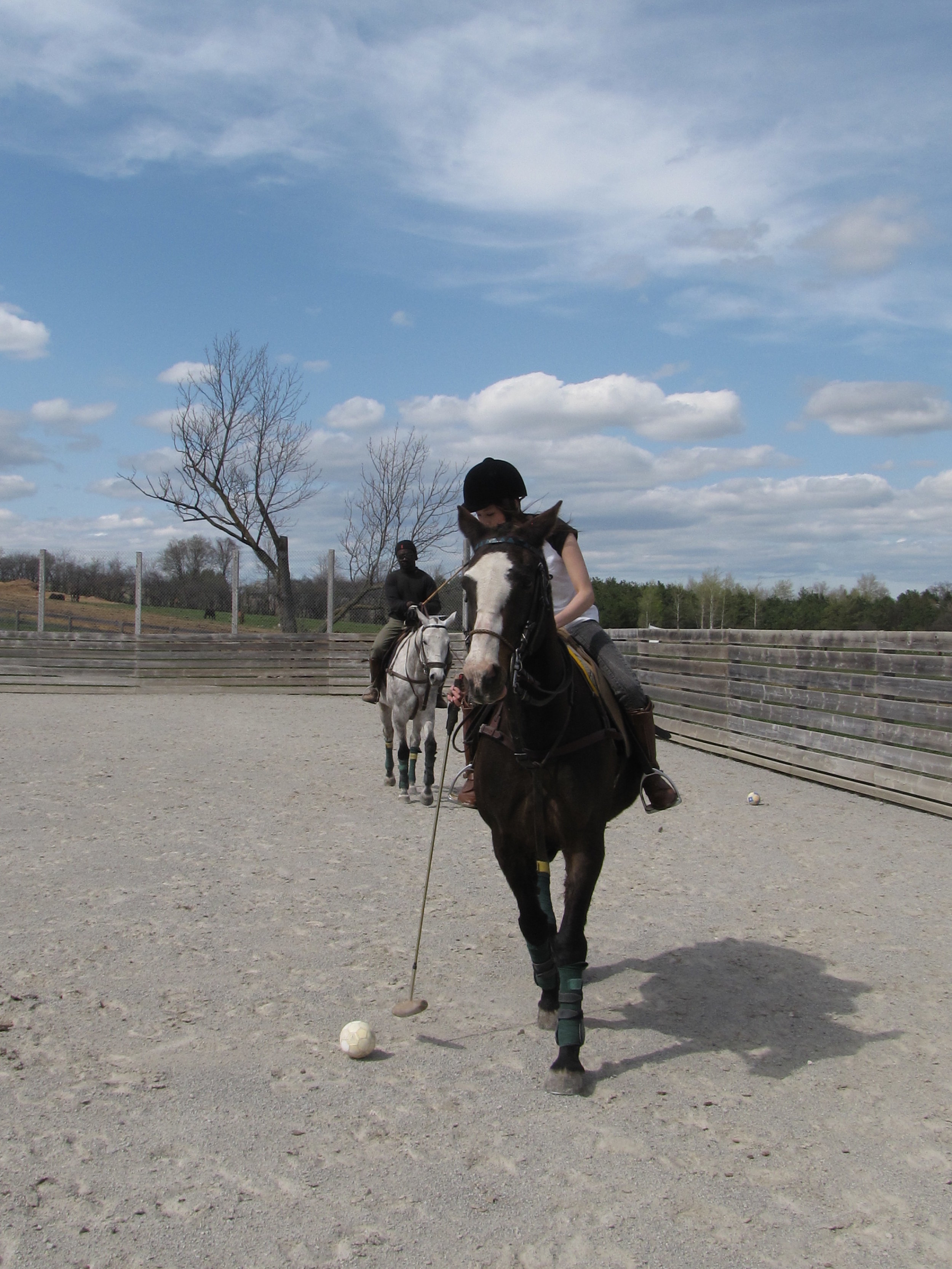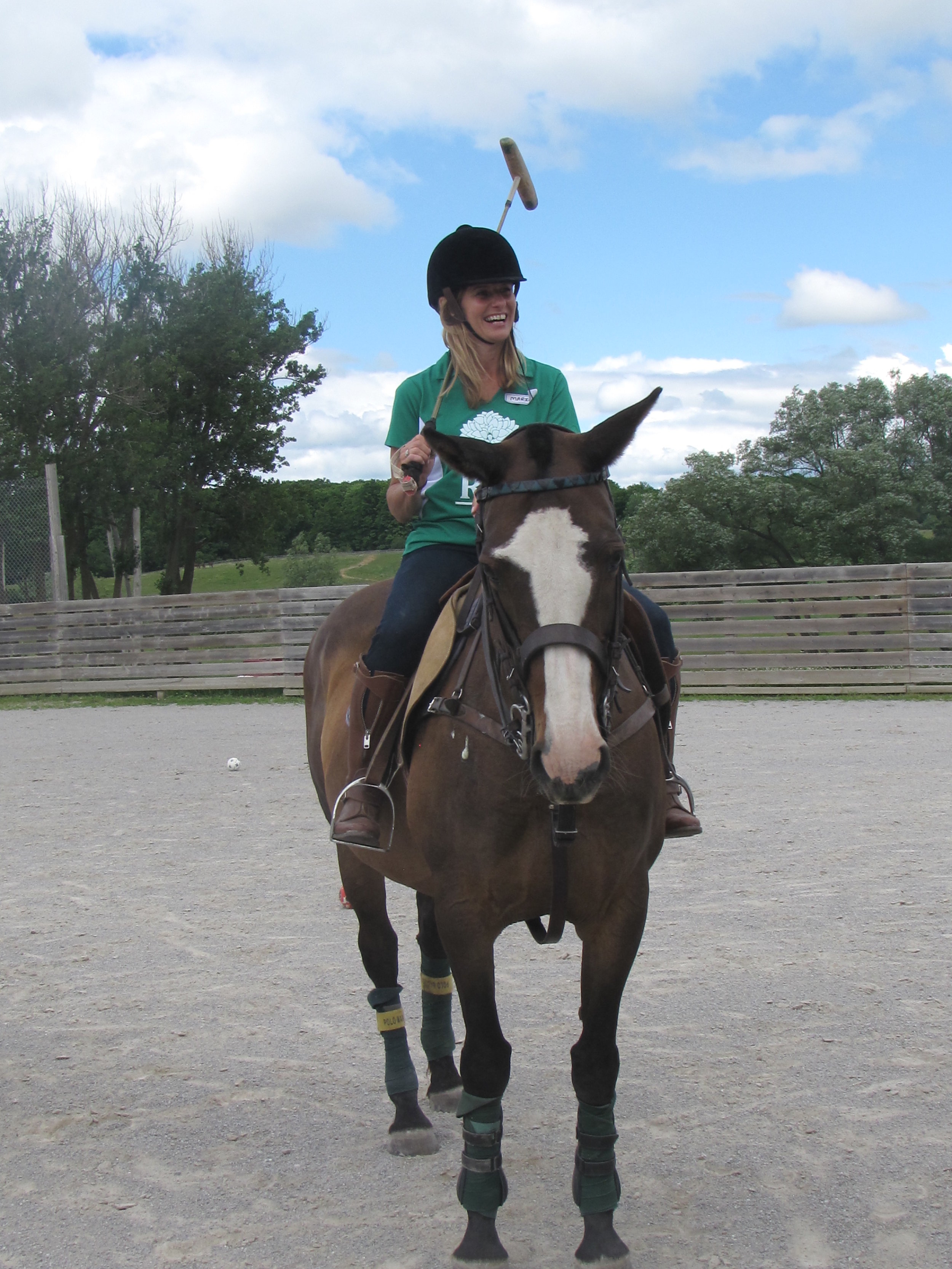Ask any polo player how important their ponies are to them and they’ll tell you they account for roughly 80% of their ability to play polo.
But how much do you really know about these mysterious creatures called ‘polo ponies’? Luckily, we’ve got all those burning questions covered in our handy dandy guide to polo ponies; the real athletes on the field.
What are they?
It’s one of the most common questions we get when people develop an interest in polo. What kind of horses are polo ponies?
Polo ponies are not a specific breed of horse and they don’t all come from one blood line. Though today most polo ponies today are at least part thoroughbred thanks to the thoroughbred's speed, stamina and build.
But there is nothing saying that a polo pony has to be a certain breed. Instead, they must meet certain requirements of both a physical and mental nature. Mentally, they must have a combination of intelligence and a love for the game also known as what players call a ‘mind for the game’. It’s very difficult to make a pony want to play polo, they have to have the mind capable of following everything that is happening out there on the field. Physically, they must have speed and endurance along with strong legs capable of carrying riders at full speed, stopping and turning on a dime. There’s also a certain amount of ‘heart’ required for a polo pony. Players want their ponies to be brave, to attack and take them into a play, but remain obedient and willing to their player’s instructions. That perfect polo pony with the right combination of mind and heart can sometimes be a once in a lifetime find unless of course, you’re a proponent of polo pony cloning (a story for another time).
Ponies of all heights and breeds may be played in the game. Only horses that have vices (fears, handicaps etc.) that may potentially be dangerous to other players or ponies are banned from playing.
Are they really ponies?
You’re probably wondering why they’re called ponies if there are no height or breed restrictions in the polo rulebook?
It all goes back to the days when the preferred mount for players was the Manipuri Pony which stood just 13.2 hands off the ground. In those days, the smaller the pony the better. But as the sport was adopted by the West and became more and more popular height restrictions on the ponies were raised and eventually abandoned in 1919. While they’re not actual ponies today, they still tend to remain on the shorter side of the spectrum. Most polo ponies today sit somewhere between 14 and 16 hands. And it is often said that the perfect pony rides like an 18 hand pony but plays like a 14 hand pony, with the hypothetical 18 hands giving the player an advantage in defense and the 14 hands giving the player the handling and maneuverablity that is so necessary on the polo field.
Where do they come from?
Polo ponies can come from a range of places. A large proportion of polo ponies today come from Argentina where there are huge breeding and training operations tailored specifically to polo. These operations are often the source of high goal ponies and have even recently ventured into genetically cloning star ponies so players can have multiple ponies of the same genes. Players often travel down to Argentina to look, try and purchase polo ponies who are then flown back to the player’s home country (see article No Small Feat). Polo ponies that originate from Argentina are often considered to be some of the world’s best thanks to the quality of stock and training down there. These horses are often thoroughbreds crossed with an Argentine working horse breed called a criollo, these ponies are often known just as Argentines.
But Argentina is not the only place ponies come from. Another popular avenue for polo ponies is from the race track. Ex-racehorses often have the speed and agility that is required for polo and if you can find one with the right conformation for polo it’s a good option. These off-track thoroughbreds are often trained to become polo ponies as a second career.
Other polo ponies are simply horses players have found and decided they liked the look of for polo. These can be quarter horses, thoroughbred crosses, and any other breed under the sun so long as they have the heart, mind and build for polo.
Training Ponies
Training horses to play polo can be a long and unpredictable road. It can be filled with setbacks and time off for the horse to adjust and let what they’ve learned sink in or while they regress into their stupider days.
Horses start by being schooled and taught the movements required in polo; quick acceleration, stopping on a dime, and rollbacks. Then they are desensitized to the mallet and hours are spent ‘stick and balling’ with them so that they can get used to a rider swinging a mallet on their back sometimes taking other horses with them on the field. When the player believes the horse is comfortable enough they will begin to play the horse in slow chukkers, letting it get the hang of what it feels like to play an actual game.
Depending on the horse, their mind and where they came from it can take anywhere from a matter of months to a matter of years.
Matching Players and Ponies
Any player you meet will have their own preference when it comes to polo ponies. Some players like larger horses, maybe because of their own size or the security afforded to them by a larger pony; others like smaller ponies that handle like an agile sports car. While there may be a dictionary definition for the ‘perfect polo pony’ it is a fluid definition when it comes to matching ponies with riders.
For starters there are two types of horses; push horses and pull horses. Push horses are horses that have to be pushed into going fast, they have lazy tendencies and are perfect for the novice or nervous player. Pull horses are horses that need no encouragement to run and take their player into a play but they may need a little extra encouragement to stop. These are often for the more advanced horse(wo)man. But even novices sometimes like pull horses and pros like push horses, nothing is black and white when it comes to matching players and ponies.
Then there is the age old question of geldings vs. mares. Many polo ponies are mares, and many people prefer mares for the heart they have when they take to the field. It is often said, that a mare can be ‘asked’ to do something. A gelding must be told. Geldings can take longer to train and can sometimes be a little stupid but can also make excellent polo ponies for the right person.
All of the variables can combine into a range of personalities (and yes polo ponies absolutely have personalities) that must be matched with their player in order to create a perfect team and is often the reason that players learning to play are given the opportunity to try a variety of different horses so that they can learn what they like when it comes time to lease or buy.
Riding style is also a factor in matching ponies and players. Certain players have long strong legs and as such control the horse a lot with their legs. Others are a little more handsy and rely on the reins more making horses with sensitive mouths a bad choice for these players. Some players push horses harder than others while even other players will pick their style of horse for the position they play most often on the field.
Above all, a player must be comfortable on their ponies; because they are their teammate more than anyone else out there. And the connection between player and pony must be so instinctual that they can communicate without really communicating, they must be able to read each other's minds.
It has long been said that ‘a good player on a bad horse isn’t such a good player. And a bad player with a good horse can be a very good player.’ In polo, it’s all about the horses and it’s a large part of the reason why players enjoy the sport so much.
Love horses? Want to try something totally unique involving horses? Want to do things you never thought you’d do on a horse? Try Polo! We offer clinics and lessons, sign up today.
Looking to purchase a polo pony? Check out our horses for sale page for up to date listings on horses we’ve got for sale.





